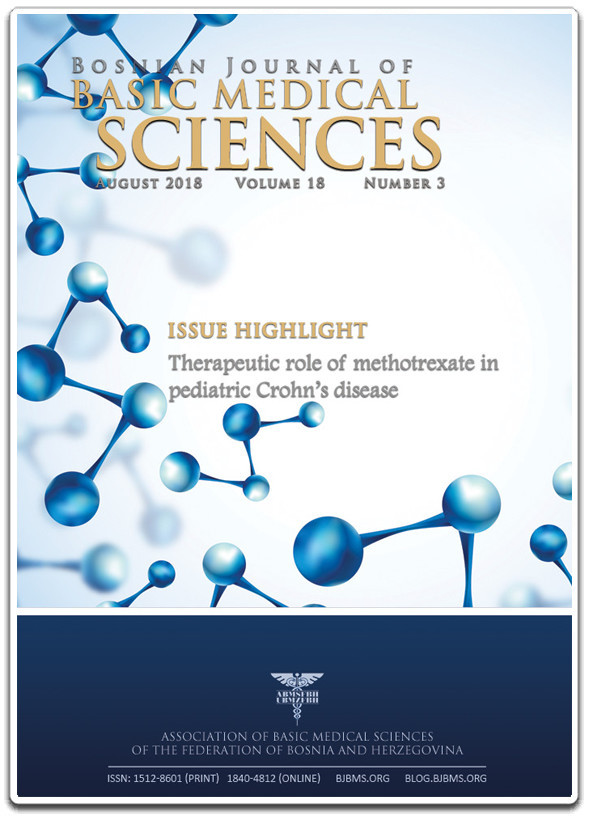
“A simple, quick and low cost procedure was developed for the extraction of Δ9-tetrahydrocannabinol, cannabidiol, and cannabinol from marijuana samples, based on the use of a hard-cap espresso extraction with 2-propanol. After extraction, cannabinoids were directly determined after appropriate dilution by gas-chromatography-mass spectrometry, reaching a limit of detection from 0.03 to 0.05 mg g-1. Extraction efficiency was evaluated by the comparison of results obtained for seized samples by the proposed method and a reference methodology based on ultrasound-assisted extraction. Moreover, ion mobility was proposed for the rapid and sensitive determination of Δ9-tetrahydrocannabinol and cannabidiol providing a quick response for the analysis of seized marijuana samples in 1 min, including extraction, dilution and determination.”
https://www.ncbi.nlm.nih.gov/pubmed/30172516
https://www.sciencedirect.com/science/article/pii/S0039914018308178?via%3Dihub





 “Autism Spectrum Disorder (ASD) is characterized by persistent deficits in social communication, restricted and repetitive patterns of behavior, interests, or activities and often intellectual disabilities.
“Autism Spectrum Disorder (ASD) is characterized by persistent deficits in social communication, restricted and repetitive patterns of behavior, interests, or activities and often intellectual disabilities.

